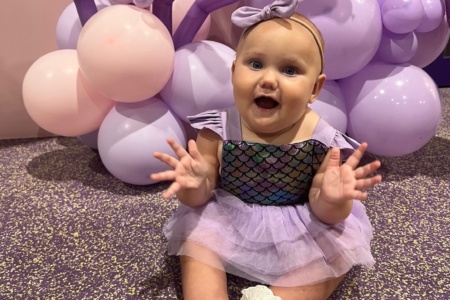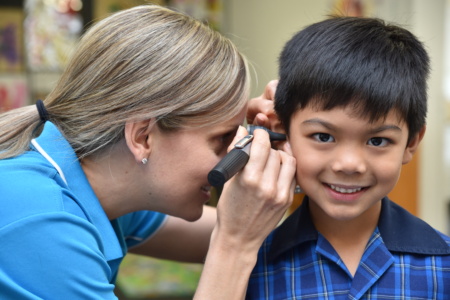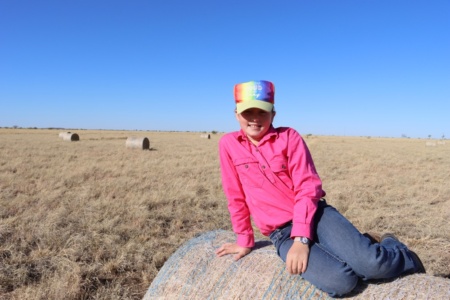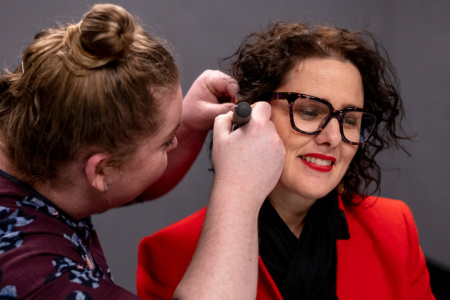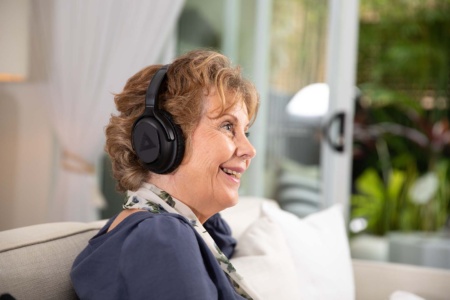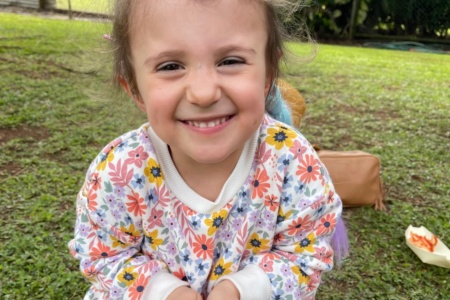As we age, asking people to repeat themselves or having the TV volume constantly blasting can be reliable indicators of hearing issues.
But for babies and toddlers, what early signs of hearing loss should families look out for? Hear and Say Listening and Spoken Language Specialist, Lynda Farwell, offered her thoughts.
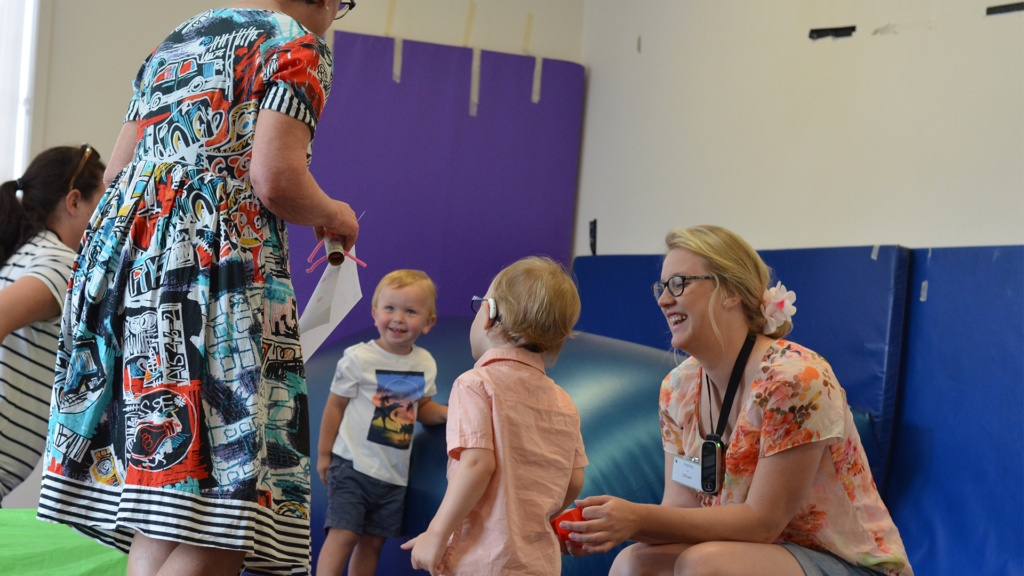
Staying on top of hearing health
“We know that one to two in every 1,000 babies born in Australia have hearing loss, but what many people don’t realise is that this figure doubles by the time kids reach school age1,2. This means that a baby who passes their newborn hearing screening at birth may still go on to develop a childhood hearing loss,” said Lynda.
“That’s why it’s important to always keep an eye on your child’s hearing, and ideally book them in for a hearing test should any concerns arise.”
Monitoring developmental milestones
Lynda noted that delayed developmental milestones in young children can be a sign of hearing loss. Keeping a close eye on your child’s listening, language and speech milestones, such as those listed below, helps to determine if their hearing is developing.
By six months
- Recognises and responds to parent’s voice
- Responds to own name
- Vocalises when alone, with single vowel sounds and babbling
- Maintains eye contact; responds in different ways to different people
By 12 months
- Responds to simple directions, e.g. “No”, “Bye-bye” and “Sit down”
- Understands “Mummy” and “Daddy”
- Begins to produce some simple words and sounds of common animals/objects/vehicles
- Imitates words and speech intonation
By 18 months
- Follows one familiar direction
- Understands family members’ names
- Uses 20 to 100 words
- Correct use of vowels and /b/, /t/, /d/, /m/ and /n/ sounds in single words
By 24 months
- Understands action words (such as ‘run’ and ‘sit’) and prepositions (such as ‘in’ and ‘under’)
- Uses 100 to 500 words; two-word phrases; 50 per cent intelligible in speech
- Identifies picture in book when named
By 30 months
- Understands names of six body parts; understands “big” and “little”
- Points to an object described
- Uses 300 to 600 words; two-to-three-word sentences; 70 per cent intelligible in connected speech
- Counts to two
References
- Queensland Health. (2020). Screening Protocols and Guidelines 2016 V2. Queensland Health. https://www.childrens.health.qld.gov.au/wp-content/uploads/PDF/healthy-hearing/2017-newborn-prot-guide.pdf
- Choi, S. M. R., Kei, J., & Wilson, W. J. (2017). Rates of hearing loss in primary school children in Australia: A systematic review. Speech, Language and Hearing, 20(3), 154-162.

